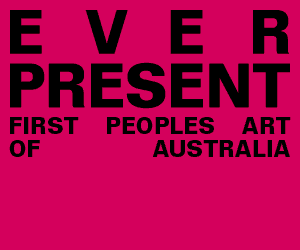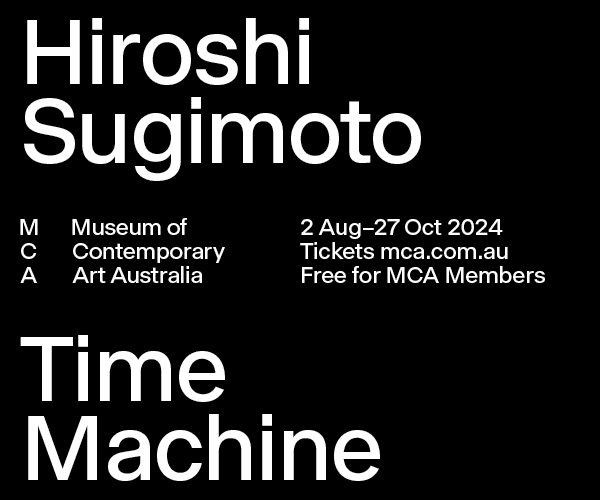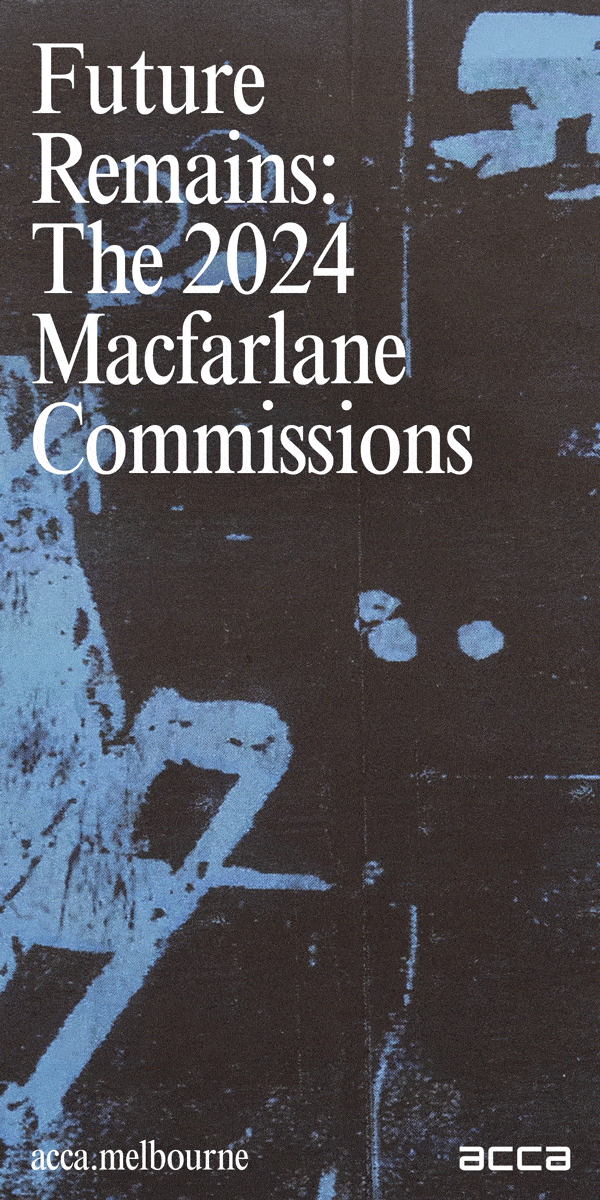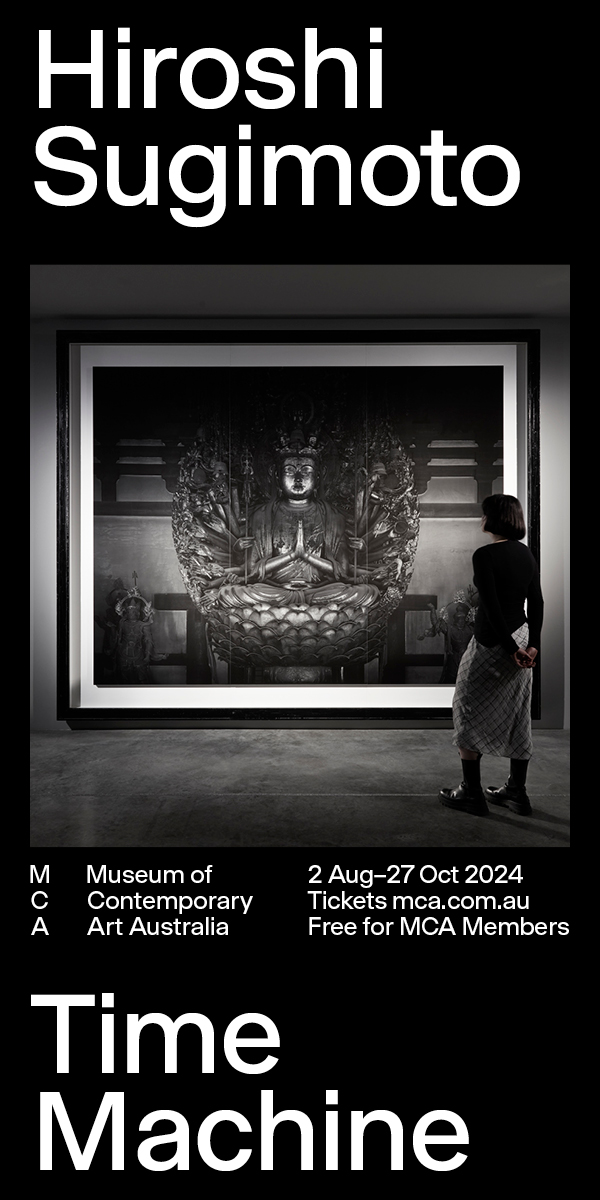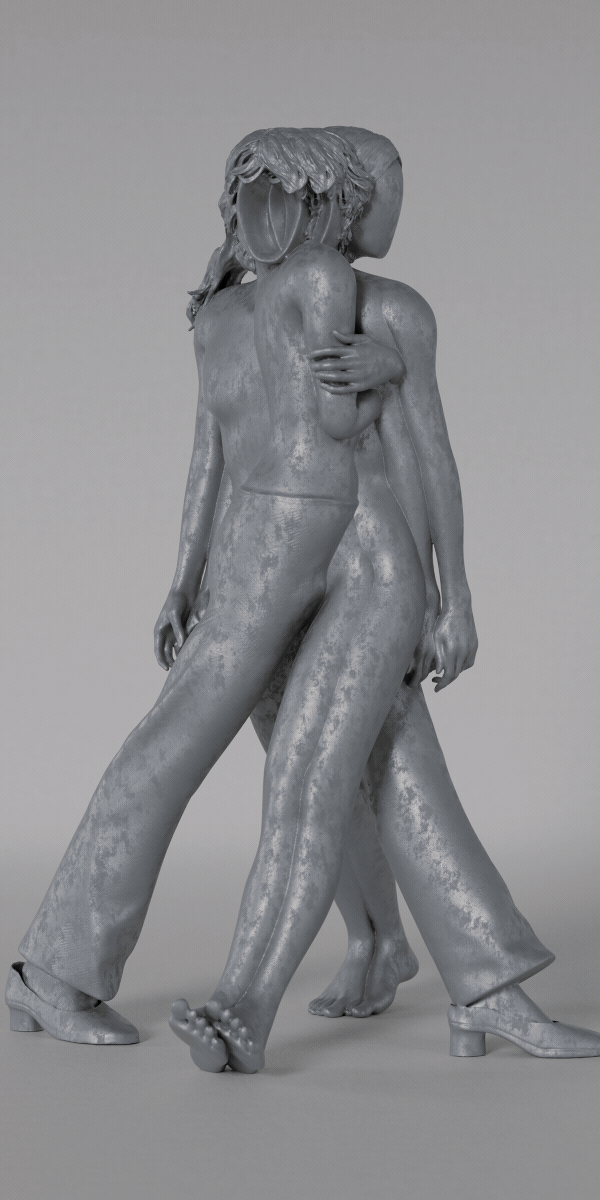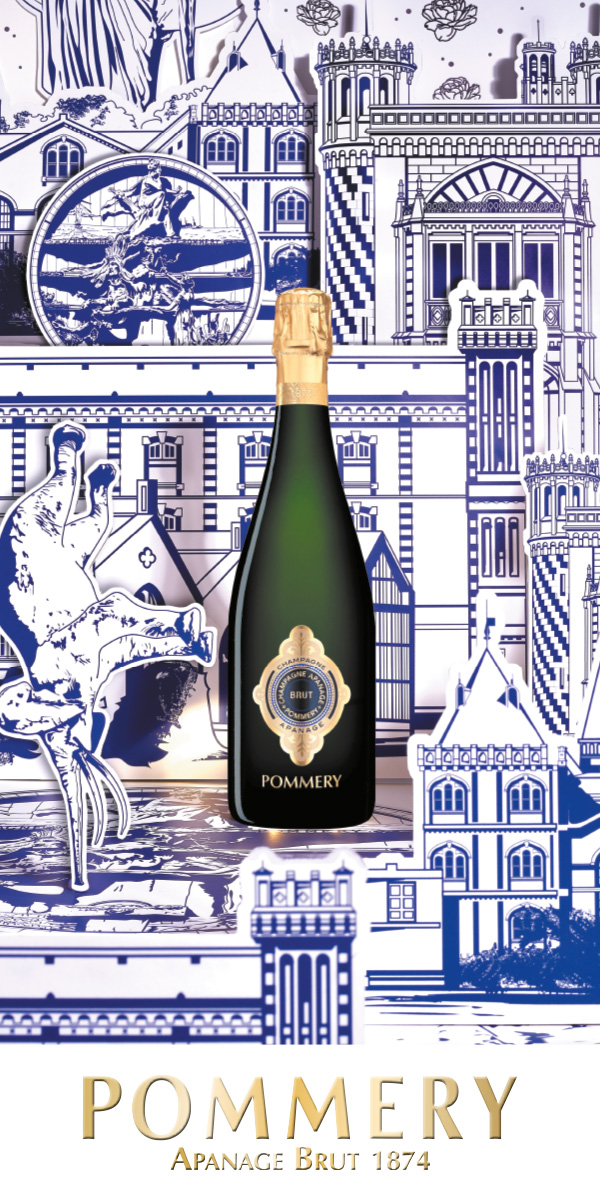MUSUBI Artist Interview Series: Jean-Michel Alberola
In celebration of the 50th anniversary of Cartier’s presence in Japan, the Tokyo National Museum, in collaboration with Cartier, is presenting Half-Century of Cartier in Japan and Beyond: an Everlasting Dialogue of Beauty and Art (MUSUBI in Japanese) at the Hyokeikan. Against scenography by Studio Adrien Gardère celebrating Japanese heritage architecture and design, the right-wing explores Maison Cartier’s dialogue with Japanese culture through the curation of around two hundred pieces from the Cartier Collection (the Maison’s heritage collection), private collections and the Cartier Archives, and the left-wing considers Fondation Cartier’s work introducing many Japanese artists to the European public. VAULT went to Tokyo and spoke to some of the artists involved about the occasion's significance.
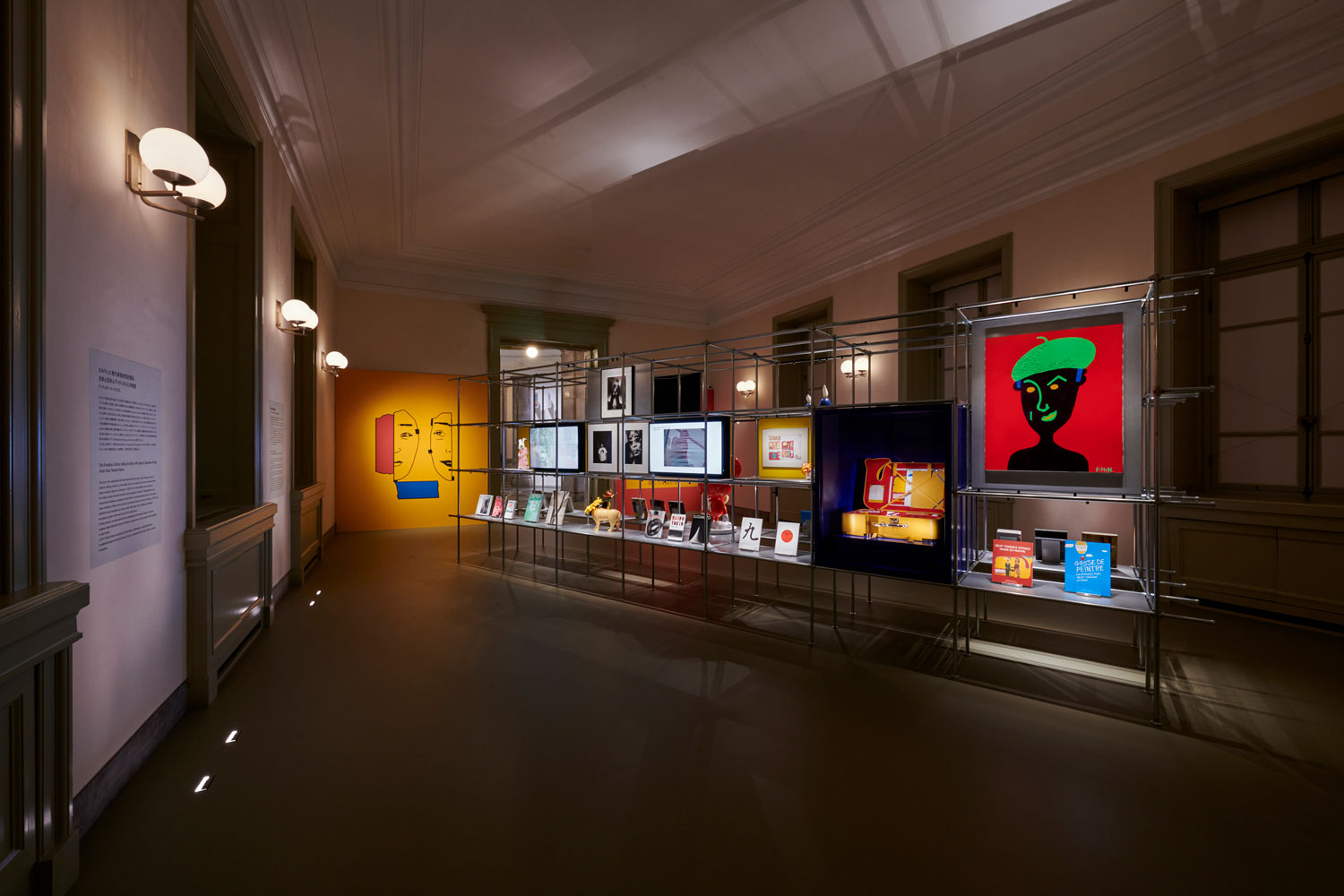
Grace Sandles:
Hello! It’s such a pleasure to meet you! Let’s start with a really broad question: what inspires you?
Jean-Michel Alberola:
Everything. The fluidity of time, fluidity of relation, fluidity of space, everything.
For me, it is the apparition of the idea, the apparition of the form, the space, the scale, everything. Everything is possible. I have no limit.
GS:
Can you walk us through your typical creative process?
JMA:
An artist has a territory in the brain. Brain, heart, territory. Art is an interpretation of the territory. You produce an idea here.
After, you look for the form of the idea. Is it painting, photography… or nothing? It's strange. You are not obliged to realise the form, but you have the form in your brain.
After you find the form, what size is it? What size and what is the duration of the fabrication of the form? For a movie, maybe three years. I made a movie here in Japan over two years, filming every month. It was a documentary about a peasant in the mountains.
And when you have the idea, the form, the scale, how do you show it? On the wall, in a garage, in an airport, in the street, for nobody? Everything is possible.
I made a house in Japan for six people. It's a meeting room with 11 wall paintings in the mountain. Nobody can see this house, but it exists in the mountains. Only every three years, this house is open.
GS:
You use a lot of text in your works, and while it feels a bit redundant to ask now, how do you find those words, the text you incorporate?
JMA:
For this exhibition, the proposition in the beginning was two spaces, one patrimonial space and the other contemporary collection of Cartier, two spaces. They proposed that I make a two-wall painting, something between the two spaces. The text in the wall painting goes between the two spaces, working between two spaces. Connecting them.
GS:
You are considered a very mysterious figure despite being quite well known. It's partly because you started under a pseudonym, Actaeon. I'm a classicist “by training,” so I love the story of Actaeon the Hunter. Do you try to be mysterious?
JMA:
Maybe some people say I am mysterious because for a long time I had no phone, no address, nothing. It's impossible to reach me.
Eventually,I changed a little bit. I have a phone; I have an address. But my work changes all the time. Different forms, different sizes, everything is possible. Maybe some people are afraid because it's a different form, because it's impossible to speak about my work generally, it’s complex because each form has an inverse.
You have black, the inverse is white. But what is the third, after the white? You see, I look for what the third is. It's not impossible, but it's difficult. And maybe it's mysterious, but it's not mysterious.
The space is mysterious, the space.
GS:
I think people tend to be scared of or confused by things that they can't fully understand.
JMA:
No, some people say, I don't understand Jackson Pollock. Some people in front of a Jackson Pollock painting say, I don't understand. Because they think that there is a mystery.
But no, it's only abstract painting, it's sufficient.
With everything now, the internet, people understand everything, but only superficially; if you make a real thing, it is mysterious. Maybe in 20 years, the book will be a mysterious object.
For my last exhibition in Paris, I was on the way out of the gallery, and a man I didn't know asked if I was Alberola.
And he said, “I don't understand the painting.”
I said, “There is nothing to understand. It's only colour and form.”
This guy says, “You are very precise with the colour.”
I said, “Then you understand. Precision is all there is to understand.”
GS:
So you've been working with Fondation Cartier for many years. What has that experience been like? How did that relationship start?
JMA:
I have a very friendly and good relation with Hervé Chandès. He makes a structure. Each exhibition has a structure. And after he invites artists.
He speaks with different people, a painter, a photographer, a scientist, a mathematician, everything, an ethnologist, everything. And after he makes relationships through these different conversations, then he makes an exhibition. It's like the artistic process, or a scientific one, but scientific becomes artistic when he makes an exhibition.
He has a special understanding of the world. He understands that the world is very complicated, non-material.
In 1995 I made an exhibition, D'effondrement des enseignes lumineuses.
And after he invites me for Mathematiques, to do a wall painting, then presentations of the Cartier Collection in Shanghai, in Seoul. And sometimes he invites me over when there isn’t an exhibition.
GS:
You, like Cartier, are French, and you're here in Japan with them. What do you love about Japan? Do you come here often?
JMA:
Yes, 40 times.
When I made that documentary, I came for three days each month for 24 months.
Japan is good for me. The space and the people are good





